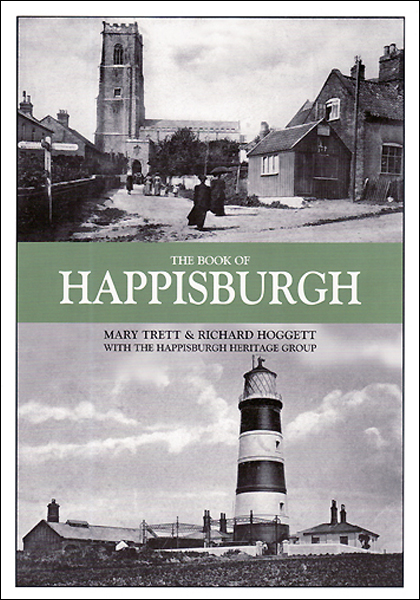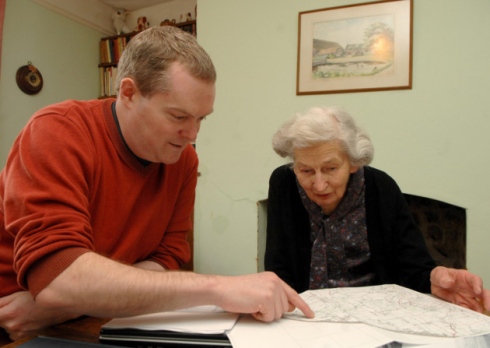Richard Hoggett and Mary Trett, with The Happisburgh Heritage Group.
Halsgrove (2011). Hardback. 160pp. 297x210mm. ISBN: 9780857040978. £25.00.
Famous for the erosion which has dramatically reshaped its coastline, the Norfolk village of Happisburgh can truly claim to have witnessed the full range of human history. Archaeological excavations on the beach have found evidence for the earliest human occupation so far discovered in northern Europe, while on the clifftops stand the medieval church, the Arts and Crafts Happisburgh manor and the iconic lighthouse. The surrounding fields contain traces of prehistoric burial mounds and two Roman farmsteads, as well as the remains of a WWII radar station.
This book presents Happisburgh’s rich heritage, using archaeological drawings, aerial images, historical documents and old photographs to tell the story of this coastal community whose residents have literally lived their lives on the edge. The book is interspersed with biographies of local characters, which tell the story of everyday life, as well as revealing little-known episodes such as the case of the Happisburgh poisoner!


My co-author, Mary Trett, sadly passed away on 8 October 2013 at the age of 86. Mary’s contribution to our understanding of Happisburgh’s history was very great and she will be sorely missed. It was an honour and a privilege to work with Mary on The Book of Happisburgh and I was pleased to be able to help bring her many years of research to a wider audience. I know she was very happy with the results and the publisher described the book as ‘one of the jewels in the crown of the series’.